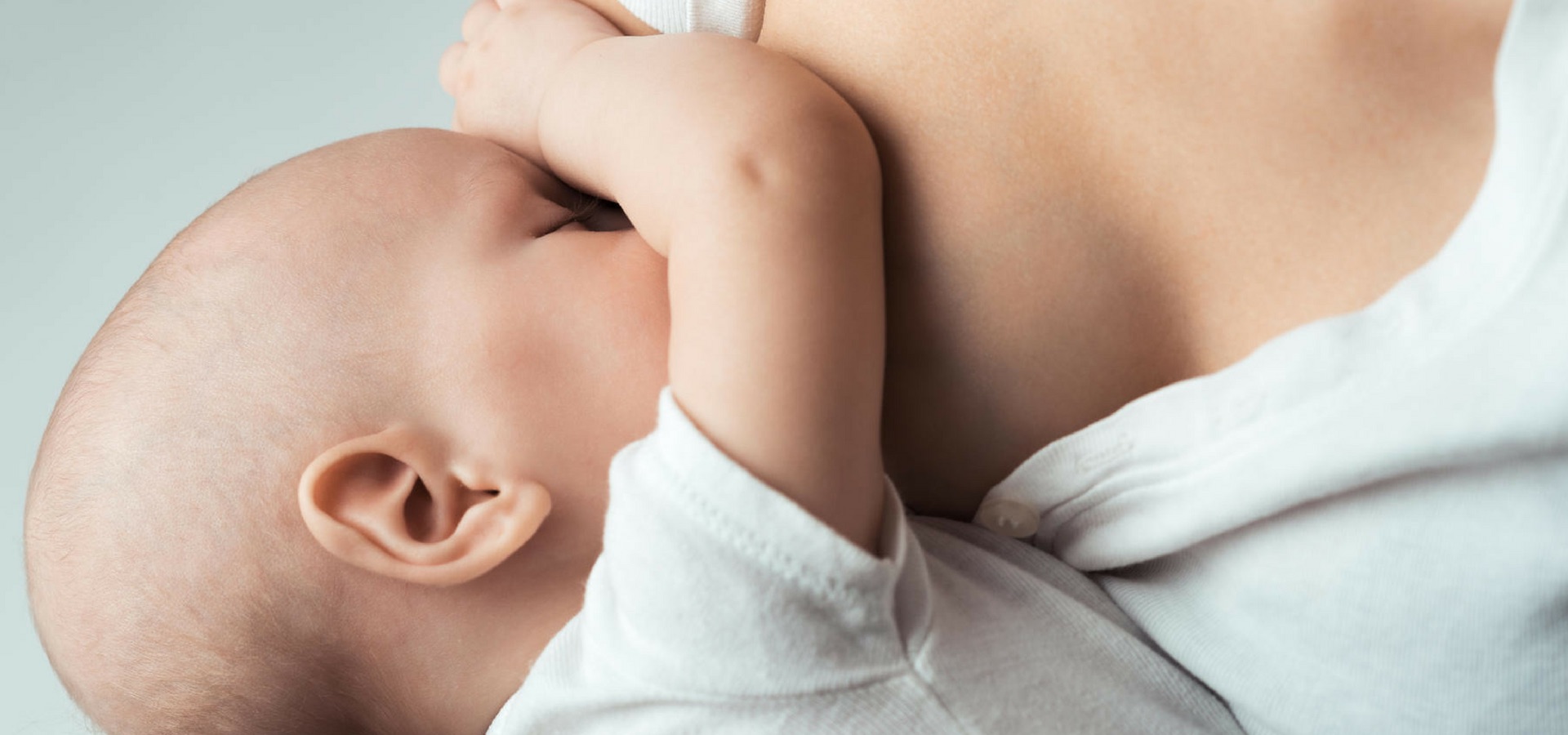A third of South African children under six months old are now exclusively breastfed. This represents a nearly five-fold increase over the last twenty years.* This massive shift is largely thanks to the combined efforts of breastfeeding advocates, healthcare providers and government. The South African Breastmilk Reserve (SABR) in partnership with Provincial departments of Health in the Eastern Cape, Free State, Limpopo, Northern Cape and North West Province has aided thousands of mothers and babies with access to breastmilk banks and breastfeeding support.
“The dramatic increase in breastfeeding rates would not have been possible without the sustained partnership between the Department of Health (DOH), healthcare providers and organisations like the SABR,” says Daddy Matthews, Deputy Director of Nutrition at the Limpopo Department of Health (LDOH). Last year the LDOH expanded its human milk banking activities, aiming to protect, promote and support breastfeeding, by establishing the first state-of-the-art human milk banking facility in Limpopo at Mankweng Provincial Hospital. This is the first of four new public sector human milk banks proposed for rollout in Limpopo.
In 1998 the South African Demographic and Health Survey (SADHS) found that just 7% of infants under the age of six months were exclusively breastfed. The latest edition of the survey found that that proportion had increased to 32% by 2016.
“The survey is welcome evidence that society can and will change its attitude to breastfeeding, given the right interventions,” says Stasha Jordan, breastfeeding activist and Executive Director of the SABR, sponsored by founding partner Netcare and Discovery.
Since its inception in 2003, the SABR has set up, operated and handed over 51 human milk banks, serving over 100 hospitals throughout South Africa. These banks provide much-needed breastmilk to both premature babies of mothers who have difficulty initiating lactation, and orphaned babies. The human milk banking initiative is one of the numerous efforts that, coupled with the implementation of the ‘Mother and Baby Friendly Health Initiative’ of the NDOH, have contributed to the quintupling of breastfeeding rates for infants under six months old.
“We are lucky to have great partners in the Provincial and National Departments of Health, Discovery, and Netcare. Together we have helped save the lives of thousands of premature and very-low-birth-weight infants in Neonatal Intensive Care Units (NICU) around the country and promoted exclusive breastfeeding for all children,” explains Jordan.
“As positive as the results of the SADHS are, we still have a long way to go,” says Matthews. “In order to meet the Sustainable Development Goals set for 2025, exclusive breastfeeding rates of infants up to six months old need to increase to fifty percent. The growing availability of human milk banks means that babies without access to their mothers’ milk can still be fed on breastmilk,” he continued.
“As we celebrate World Breastfeeding Week in the first week of August, we should see these results as a call to redouble our efforts,” urges Jordan. “There is no question that breastfeeding gives babies their best possible start to life. We must educate and support mothers, enabling them to breastfeed and thereby grow food security for children in Africa and decrease infant mortality and morbidity rates,” she continued.
“In order to continue this positive trend, we need more active and widespread support from business and civil society,” says Matthews. “For example, breastfeeding in public is still seen as taboo, and many breastfeeding mothers are not adequately supported at their workplaces. All sectors of our society must work together if we are to reach our goal,” he concluded.
To get involved and alleviate the challenges faced by the South African Breastmilk Reserve (SABR), including low breastfeeding rates in South Africa, sourcing donor mothers and funding for the operation of the milk banks, please visit www.sabr.org.za or call 011 482 1920 or e-mail: [email protected].
References:
* South Africa Demographic and Health Survey 2016, Stats SA http://www.statssa.gov.za/publications/Report%2003-00-09/Report%2003-00-092016.pdf
ABOUT SOUTH AFRICAN BREASTMILK RESERVE
The South African Breastmilk Reserve (SABR) is a not-for-profit, human milk banking organisation, founded in 2003. While we are primarily an altruistic human milk banking network, we also focus on breastfeeding advocacy and promotion, in order to grow breastfeeding rates in South Africa.
Our vision is to decrease infant mortality resulting from Necrotising Enterocolitis (NEC) and mother-to-child transmission (MTCT) of HIV through the formation of numerous community-driven, breastmilk banks and educational programmes.
The SABR’s operations during the period 2014 – 2015 involved 51 human milk banking hospitals, as well as an ever-growing number of hospital facilities (currently 87) seeking assistance from the SABR Head Office. During this period, we improved the lives of 2 845 premature infants. This was a 67.8% increase from the previous year. In the period 2016 – 2017, a number of human milk banks have been emancipated and absorbed into parallel human milk banking initiatives, thus paving the way for sustainability and independent banking. The SABR is one of the key partners informing the proposed ‘Regulatory Framework for Human Milk Banking’ of the Nations Department of Health. https://www.sabr.org.za/milk-banks.html
The SABR is a member of the South African Civil Society for Women’s Adolescents’ and Children’s Health (SACSoWACH), a coalition of 22 civil society organizations that work to bring health care to the needy. http://sacsowach.org/index.php/partners
We understand that there are many aspects that encompass a Mother, Father or Child and strive toward providing resources and services that accommodates this.
Our content is aimed to inform and educate families on issues starting from pregnancy through to the challenges of the teen-age years.
- Say Hello to the Ultimate Holiday Brunch Bite - December 17, 2025
- Tiny Toons Looniversity Returns: Meet the Voice Behind Plucky and Hamton! - December 12, 2025
- From Pain to Possibility: Panado®’s New Marketing Campaign, Highlights The Joy Of Pain Relief - December 10, 2025





